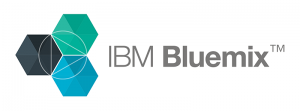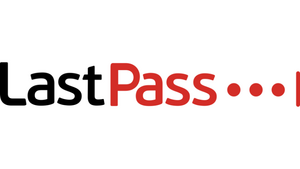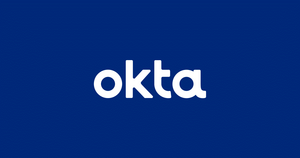An enterprise buyer guide for Multi-factor Authentication Solutions. The protection of customer and proprietary data has become a high priority for modern companies. With cyber attackers constantly evolving their methods of attacks, organizations must remain vigilant about improving the company security posture by providing their workforce with more secure ways of accessing business systems platforms and applications. As a result, multi-factor authentication has become an essential component of many companies’ quest to optimize the effectiveness of their security infrastructure.
What is a Multi-factor Authentication Solution?
Multi-factor authentication, or MFA, requires users to provide unique identifying factors about themselves through various verification methods. They only gain access to an organization’s platform and systems once they provide the required information. That additional layer of security helps protect customer data and keeps hackers from accessing information about business transactions.
Most top security vendors offer platforms that go beyond enabling multi-factor authentication. Many MFA platforms become part of a company’s attempt to implement zero trust security. The zero trust security framework forces all users inside or outside an organization to verify their identity before receiving authentication and access.
The philosophy that drives zero trust is that threats can emerge from anywhere. It’s a way to address modern security challenges where an attack or data breach can come from within or outside an organization.
Why Should Companies Use a Multi-factor Authentication Solution?
By investing in a multi-factor authentication platform, organizations make it harder for hackers to access an organization’s infrastructure by pretending to be a valid company user. That keeps information safer because hackers must go through more extreme measures, like gaining access to a user’s phone and password, to break into a company’s networks.
While multi-factor authentication can’t realistically prevent all attempts at cybercrimes, it can massively reduce the risk to your organization. In addition, MFA makes it easier for an IT organization to administer a streamlined authentication process that keeps workers productive. Businesses with a remote workforce can use MFA to provide users working outside of the office with the ability to access company platforms safely.
Another reason to consider working with a multi-factor authentication solution is that it makes implementing compliance measures like HIPAA and GDPR easier. For example, many finance, health, and government entities must follow strict guidelines designed to protect the rights and privacy of customers and lower the risk of their information ending up in the wrong hands.
Many MFA platforms help companies reduce fraud, relieving the help desk’s stress and lowering operational costs. In addition, companies can offer customers additional protections when they conduct mobile transactions by providing MFA authentication via their favorite social apps like Facebook and WhatsApp.
How Does a Multi-factor Authentication Solution Work?
Three pieces of information typically provided by users via multi-factor authentication include:
- Something only the user knows, like the answer to a specific question or a unique PIN
- Something possessed by the user, like a code sent via a text message or a physical token like a USB key
- Something that’s part of the user, like a fingerprint or facial recognition
Some MFA solutions also incorporate additional factors, like a user’s location and behavior.
What Are Some Common Features, Functions, and Capabilities of Multi-factor Authentication Solutions?
The first thing companies should look for when choosing a multi-factor authentication platform is the ease of implementation. In addition, you want a solution that integrates seamlessly with your existing identity management platform. Other considerations to keep in mind include whether you’re looking to perform an on-premises or cloud deployment, the flexibility of the deployment options, and the number of different authentication modes.
You want a solution to support your desire to use hard or soft tokens. If you want to customize the platform to fit your company’s needs, the solution should provide you with an API or SDK that lets you make any necessary modifications. In addition, you should look for the ability to modify the MFA solution to suit roles with different privilege levels within your organization.
What Are the Pros and Cons of Multi-factor Authentication Solutions?
The biggest reason an organization might want to consider a multi-factor authentication platform is the added protection against security threats. Making users authenticate themselves before gaining access to critical company systems helps prevent them from accidentally compromising company security.
That could lead to critical data ending up in the hands of hackers. In addition, it’s much harder for a bad actor to break into a system if they only have one piece of a user’s information. Asking users to verify themselves in multiple ways cuts down on data breaches.
Investing in MFA may be a costly investment, especially for smaller organizations. In addition, companies must also invest time and resources into getting workers to adapt to the new security protocols. Some workers may end up having issues with various MFA methods. For example, users may have problems if they don’t accurately capture a biometric like a fingerprint. In addition, external factors like a power outage can keep users from accessing company systems.











